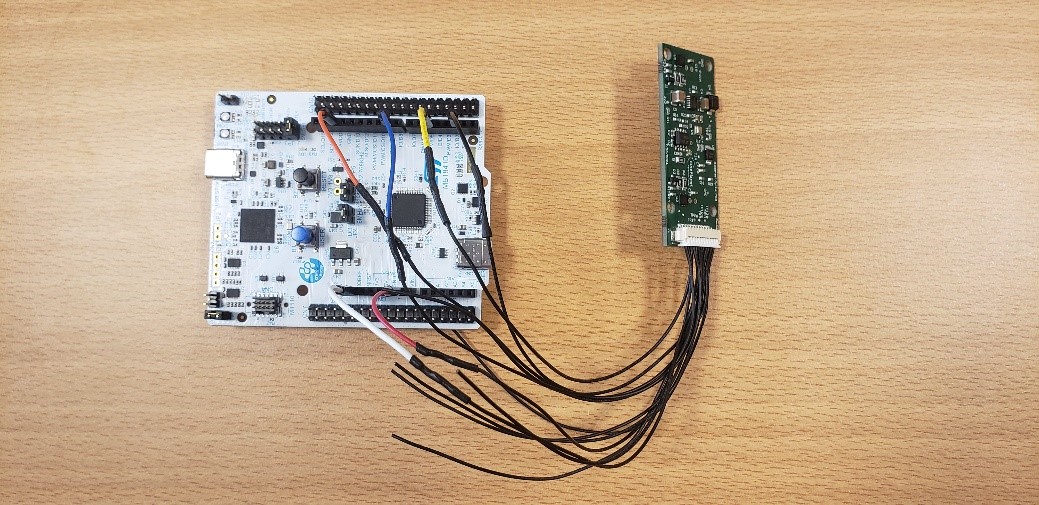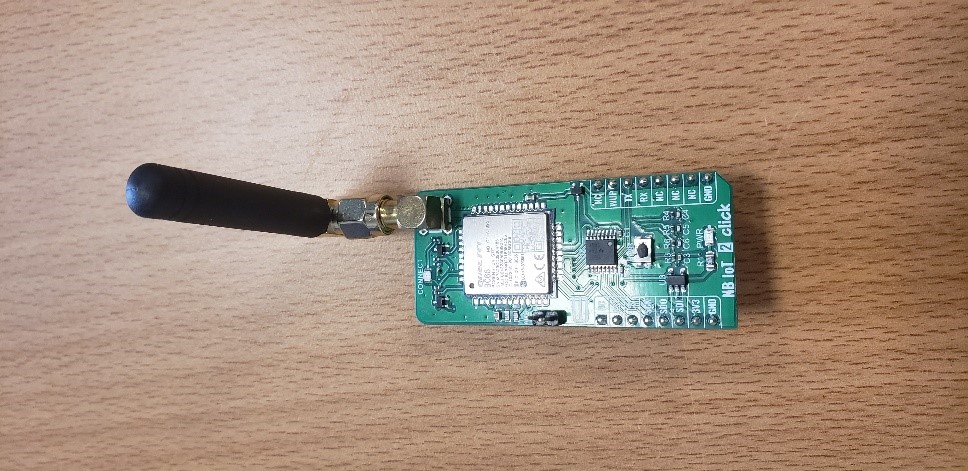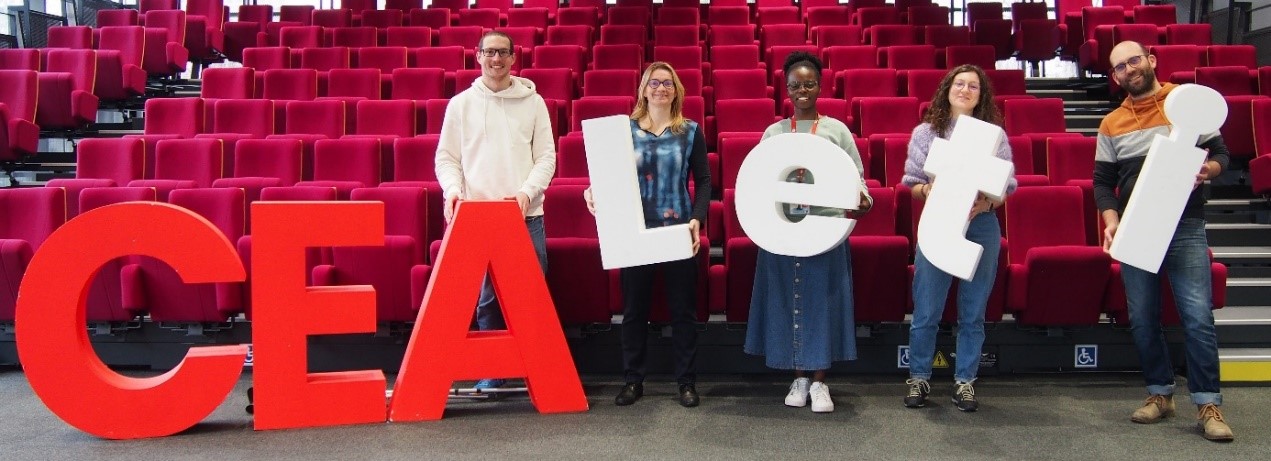CEA is participating in BIOSENSEI project with two tasks:
1. IoT node development
- What is your contribution to the project (what’s your project part about)?
CEA-Leti’s main contribution to the BioSensei project aims to develop a real-time platform of biosensors for the detection of pollutants (nutrients, endocrine disruptors, PFAS, etc.).
CEA-Leti contributes to the integration of electrochemical and optical sensors, bringing them up to system level by developing the IoT node. The IoT node pilots the electronic front-end of both sensors of interest, which are being developed by partners Tyndall and One planet.
CEA is developing the wireless communication module, Nb-IoT (using the LTE network), to link with the BioSensei dashboard.
Autonomous IoT end-nodes will enable operation and data acquisition from biosensors and facilitate easy integration in existing LTE networks enabling real-time data feeds.
- What’s the benefit/opportunity for society from the BioSensei research project?
Provide in real-time a status of the water quality to guarantee environmental safety. - What are the scientific advancements you most look forward to in this field of research?
Emergence of multisensors platform with low-power sensors.


Image of IoT nodes for Biosensei sensors communications
2. Bacteria encapsulation
- What is your contribution to the project (what’s your project part about)?
The BioSensei project aims to develop a real-time biosensor platform for detecting pollutants (such as nutrients, endocrine disruptors, and PFAS). The biosensors are hybrid, combining bacteria with optical and electrochemical sensors.
CEA-Leti contribution focuses on preventing bacterial release by encapsulating them in biocompatible polymer matrices such as hydrogels. To achieve this, we need to develop an encapsulation process that preserves bacterial viability, that allows a good diffusion of pollutants and analytes, does not interfere with sensor functionality, and ensures the bacteria remain alive for as long as possible. Additionally, this process must be easily integrated into the sensor system’s manufacturing process.
- What’s the benefit/opportunity for society from the BioSensei research project?
The project aims to develop an innovative sensor for facile and rapid in-situ monitoring of chemical pollutants in river water, contributing to environmental protection and preservation.
- What are the scientific advancements you most look forward to in this field of research?
Compact and sensitive bioelectronics sensors capable of detecting multiple targets in real time.

Images of a) encapsulated bacteria culture and b) detail of a polymeric bead and surface

Image of CEA-team names from left to right Arthur OHL, Elise SAOUTIEFF, Célia BOKO, Luana CUVILLIER, Guillaume NONGLATON
